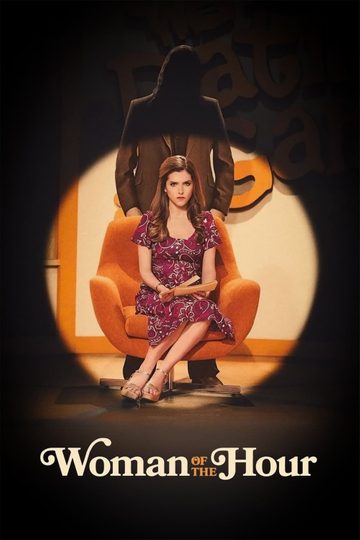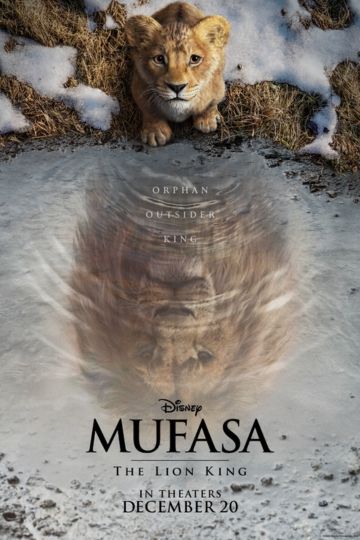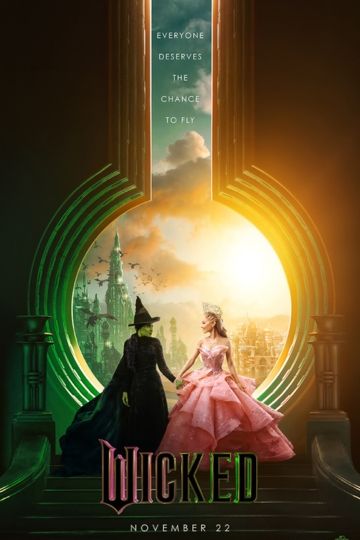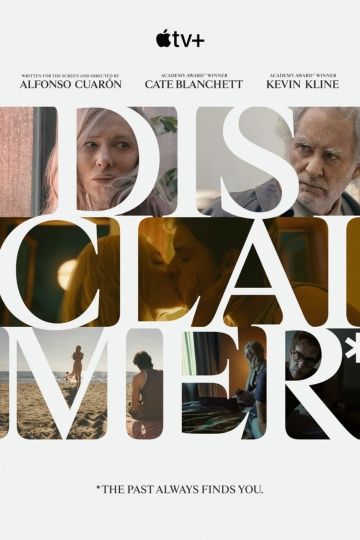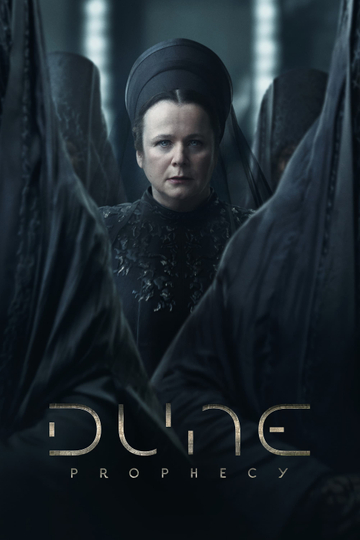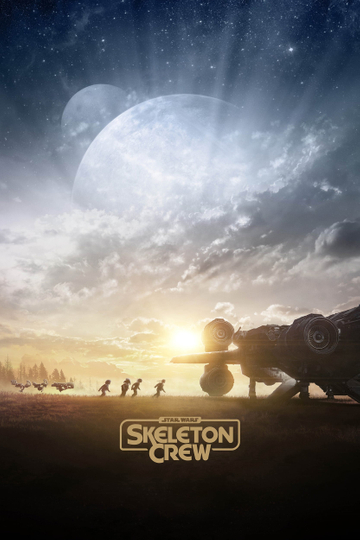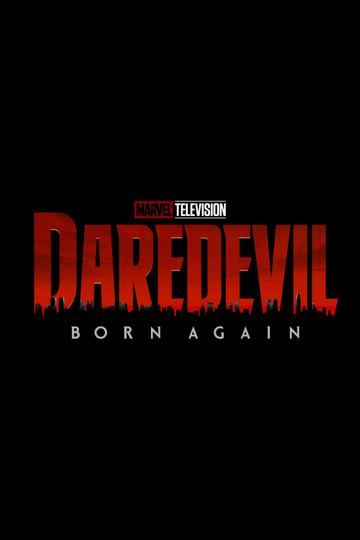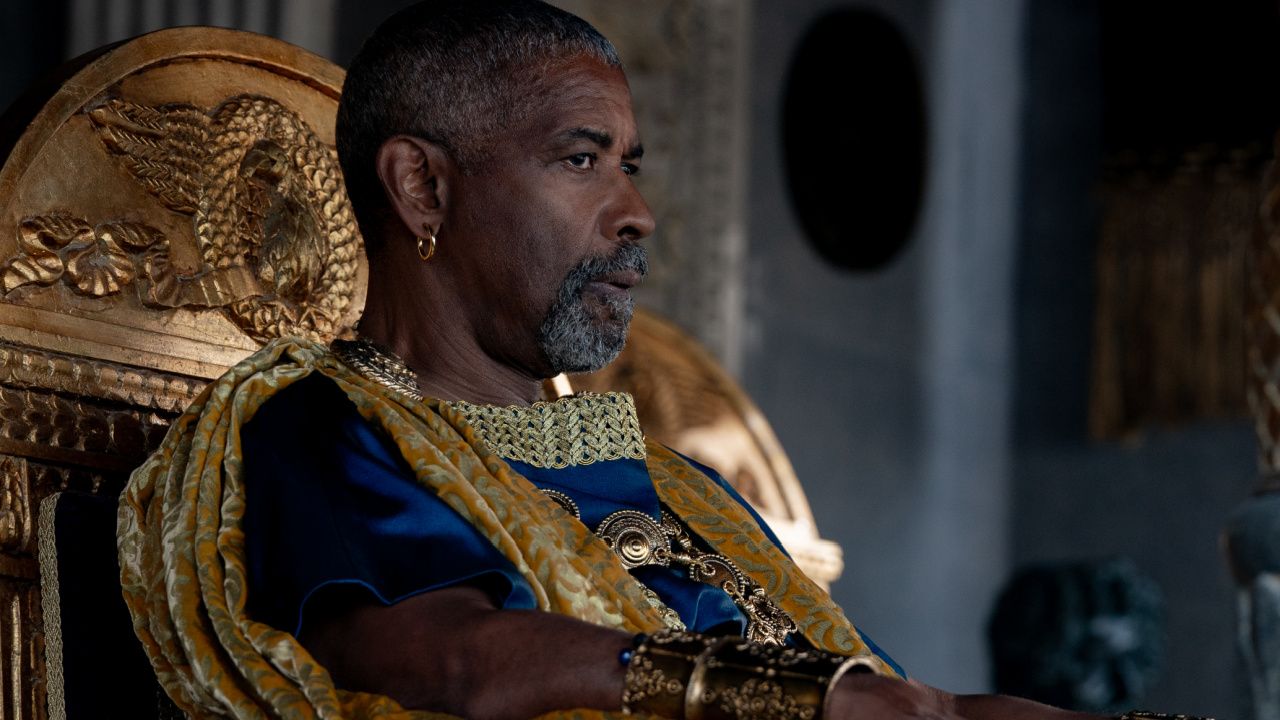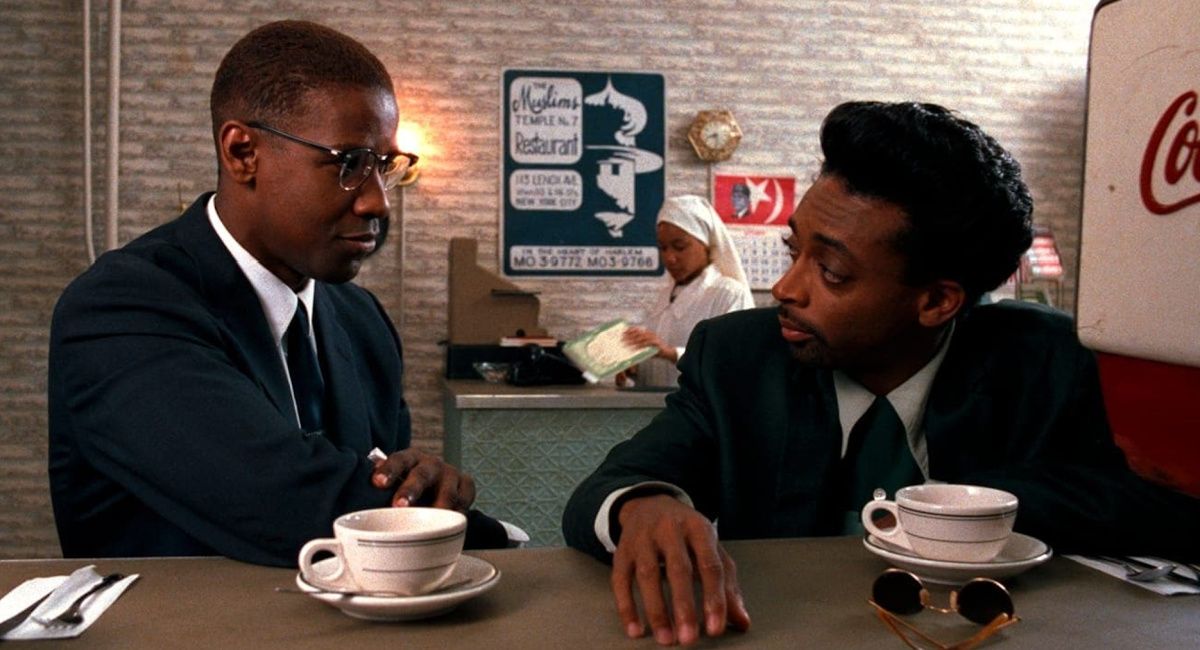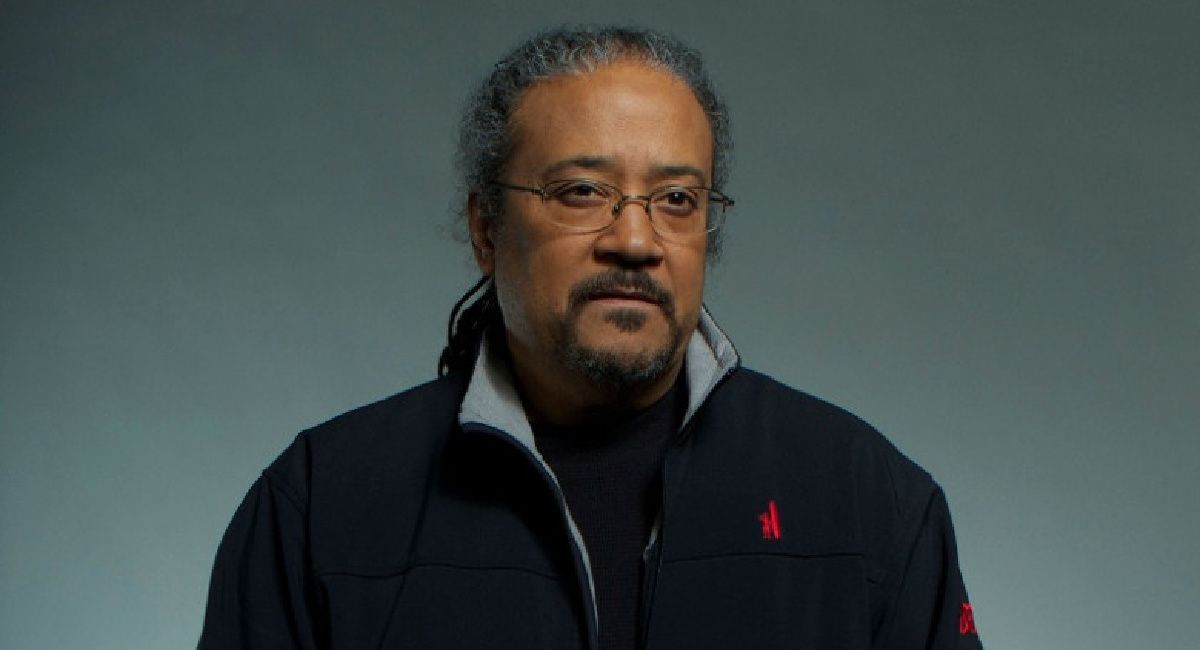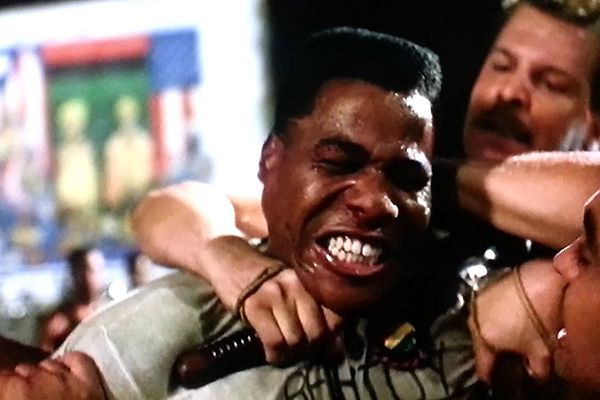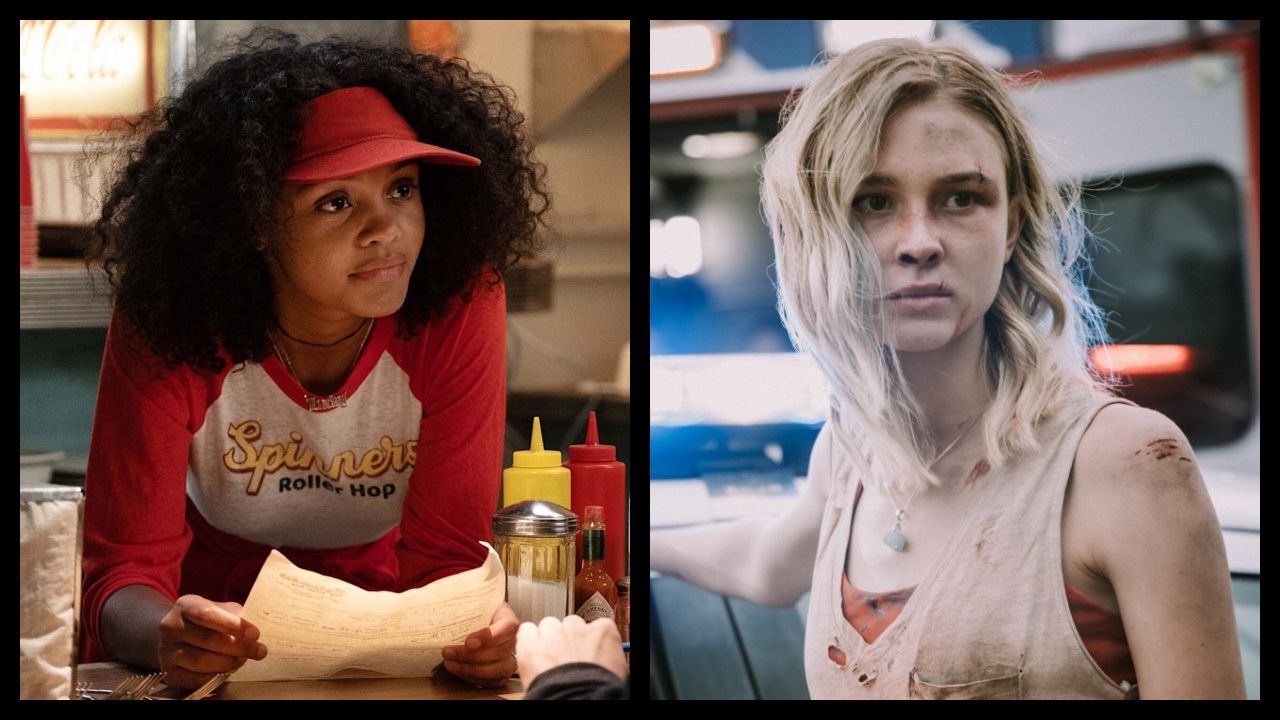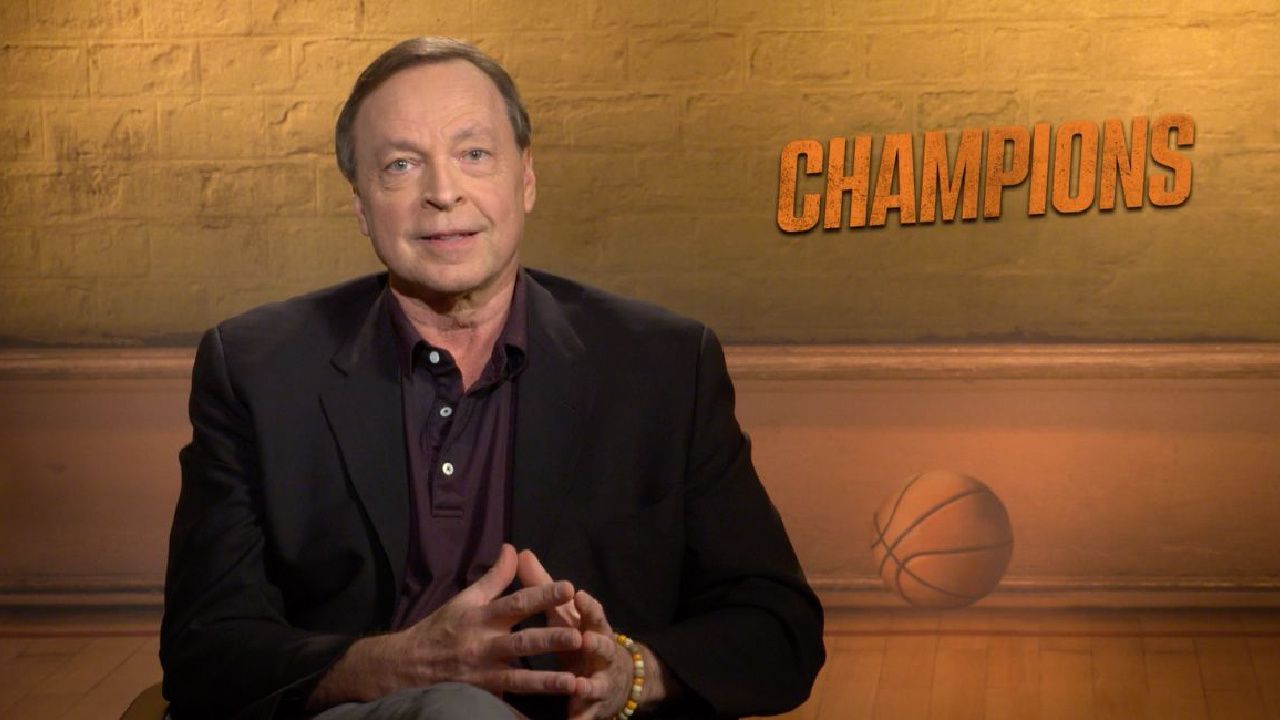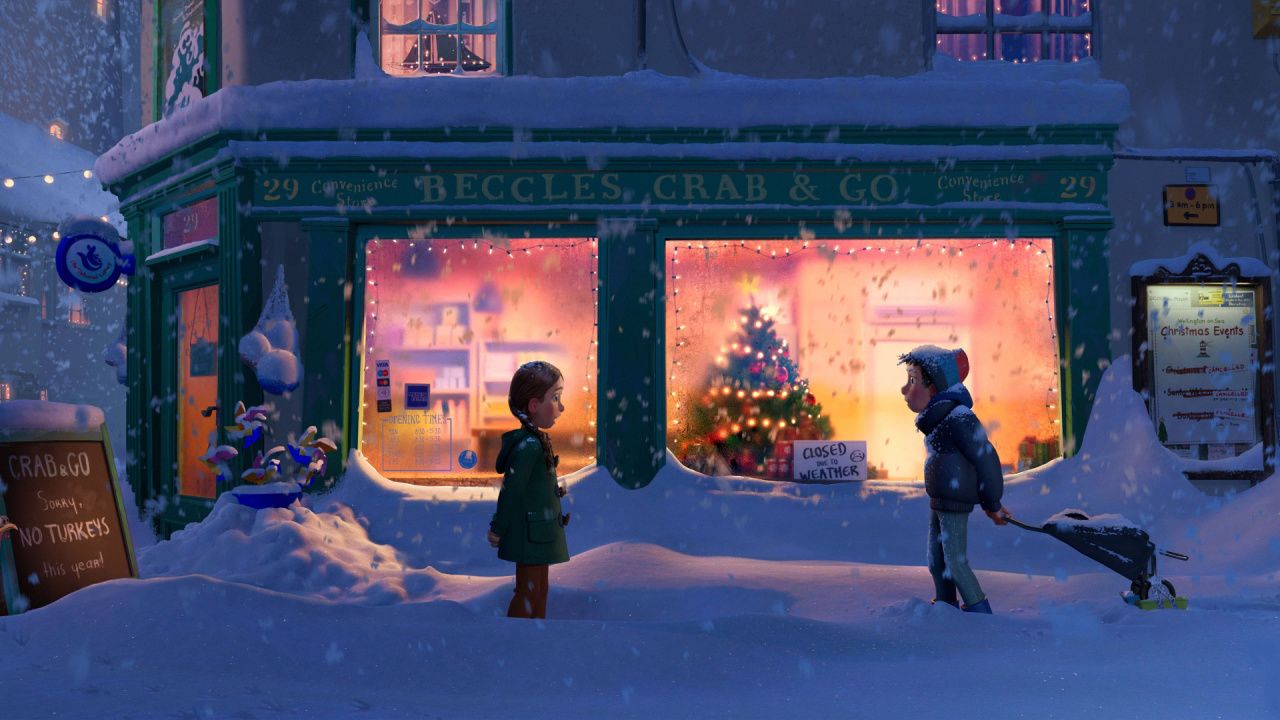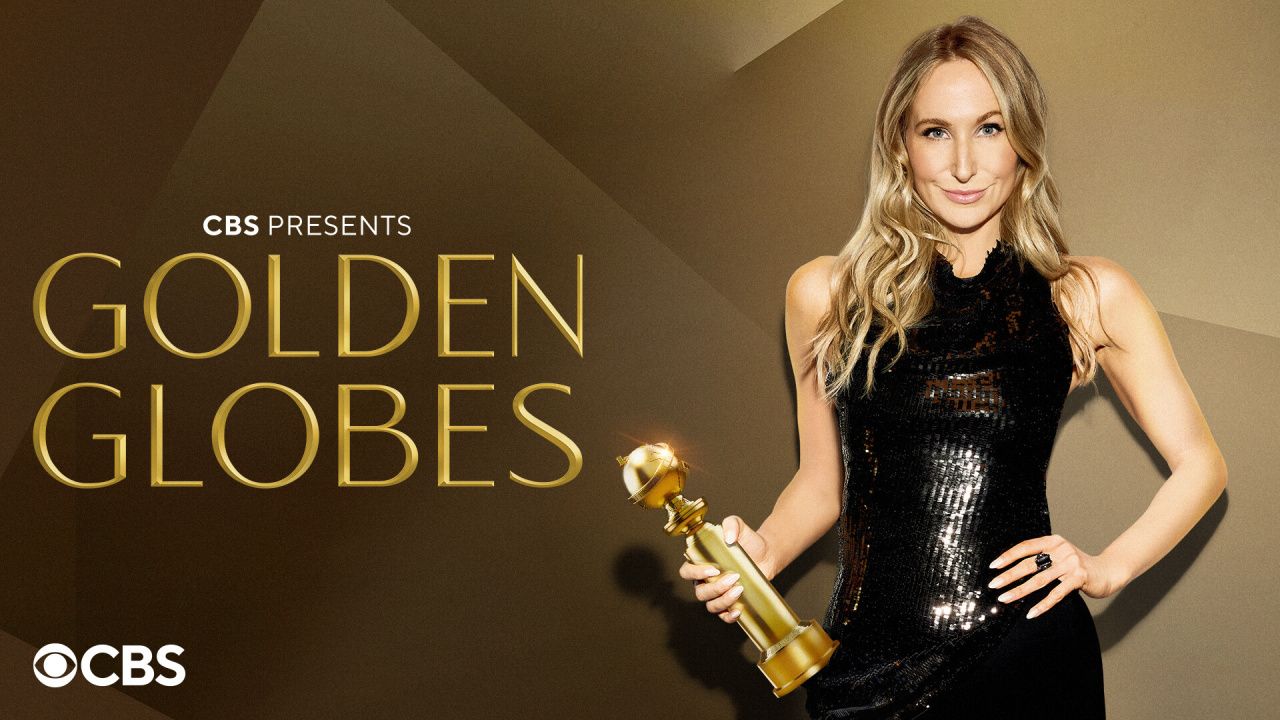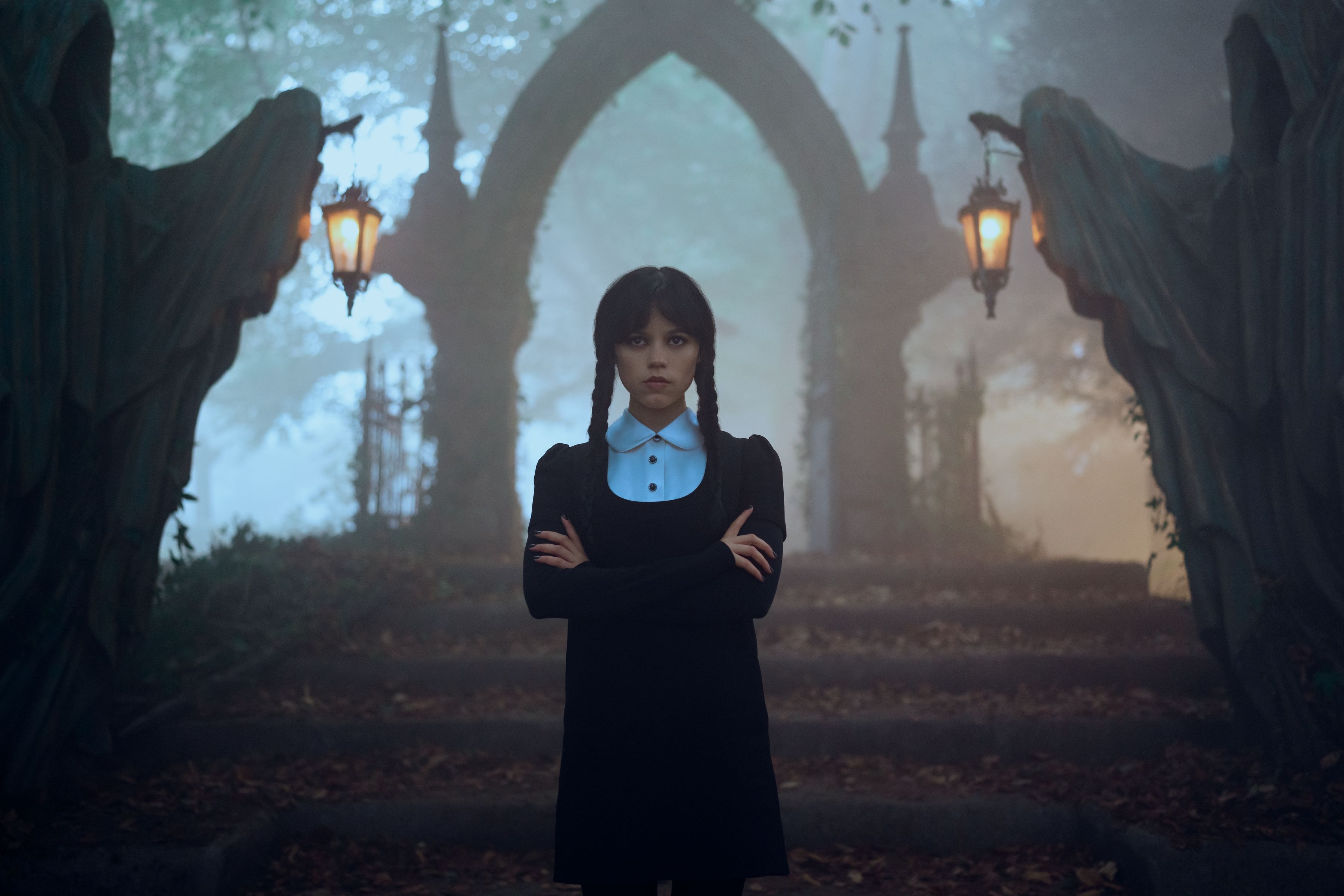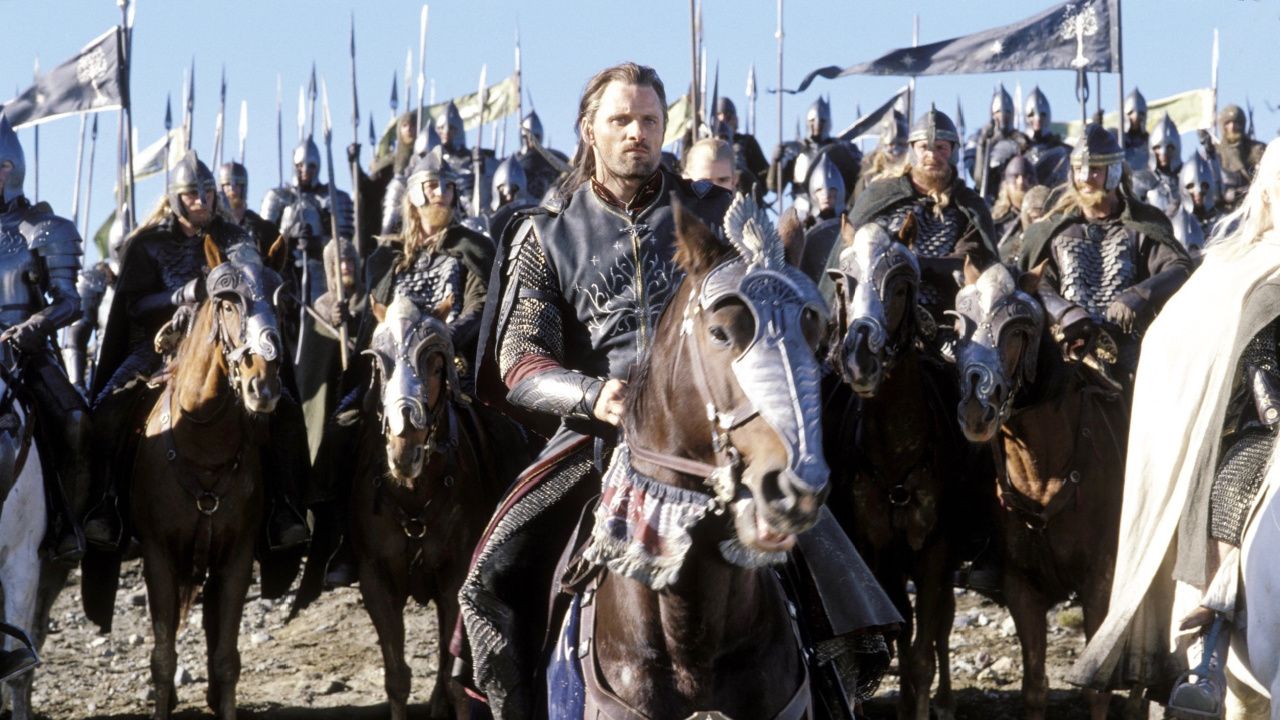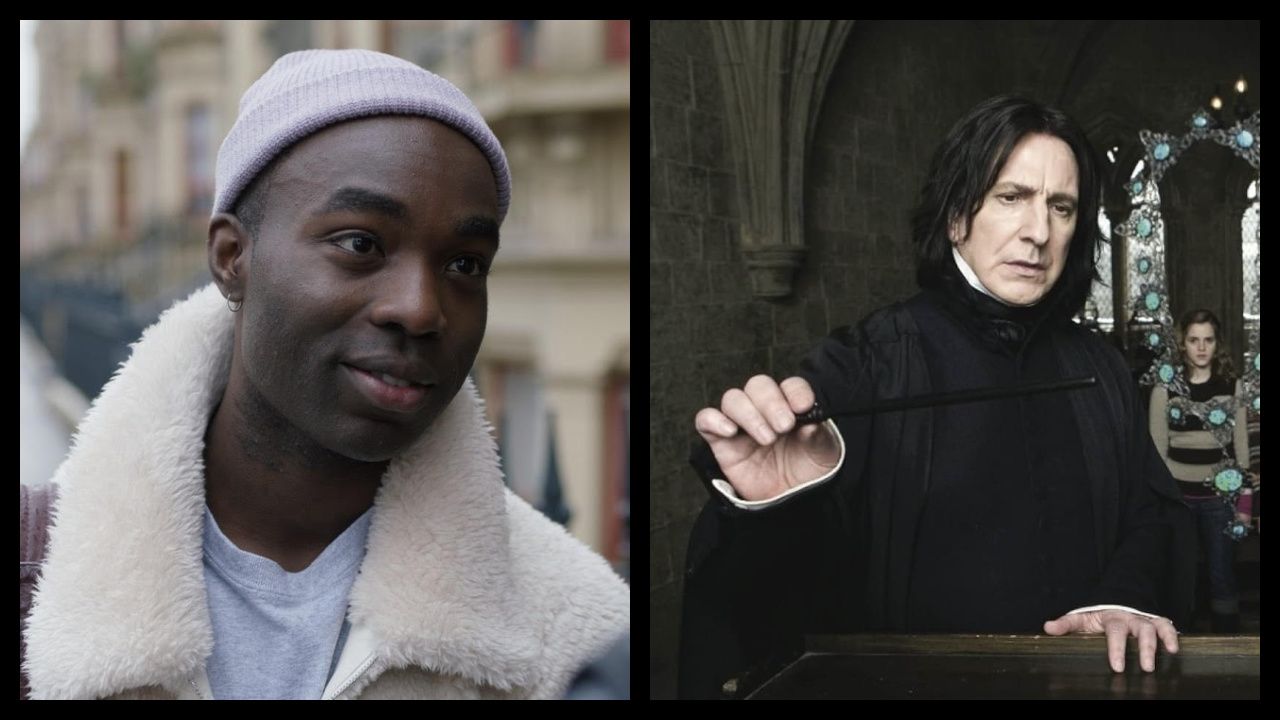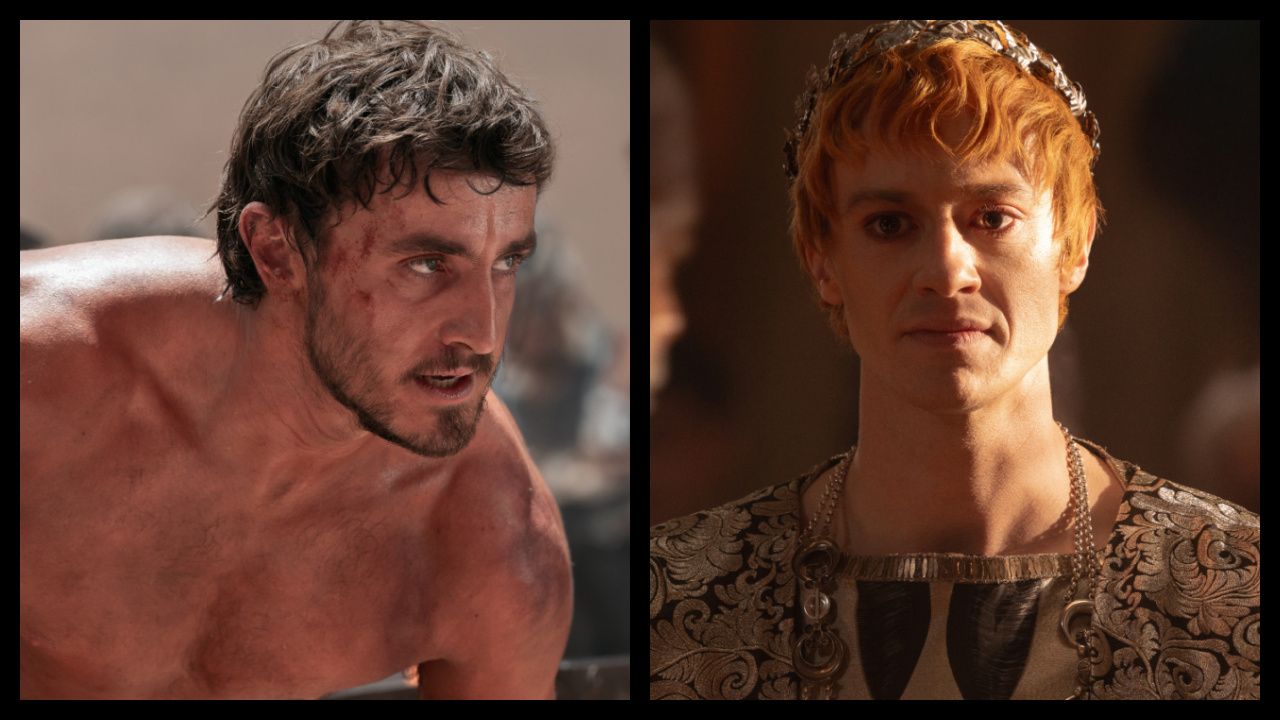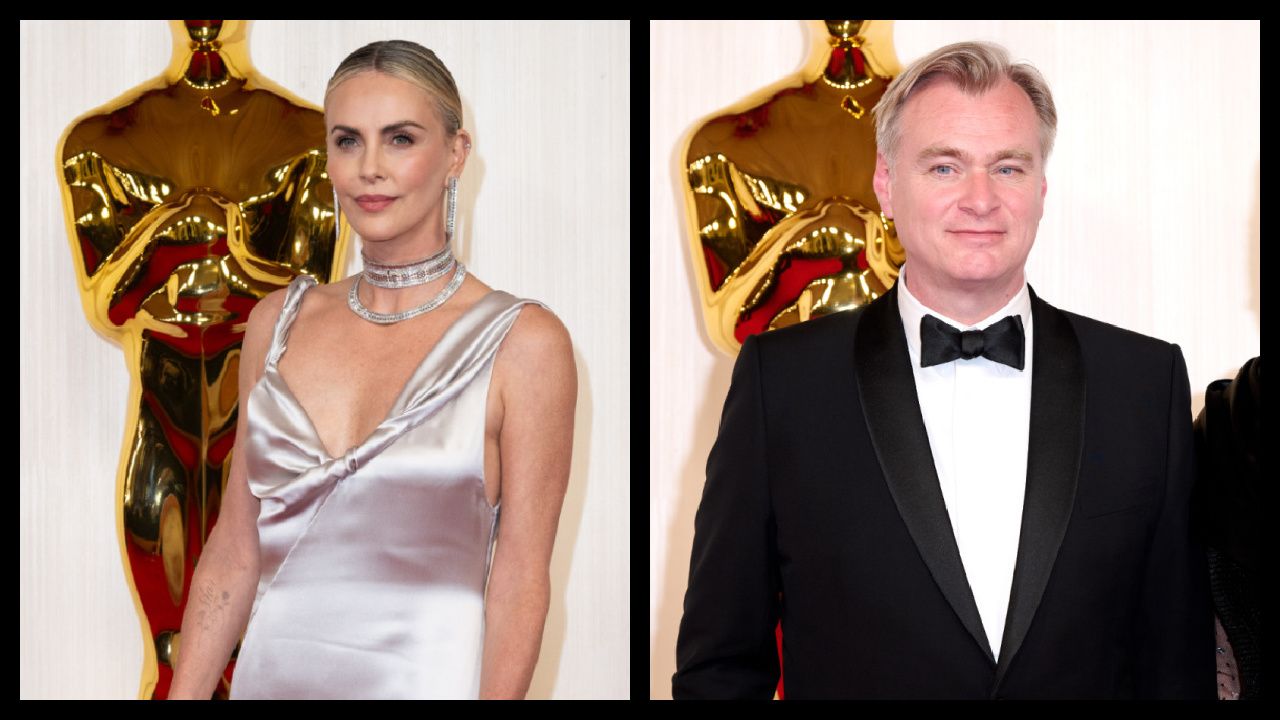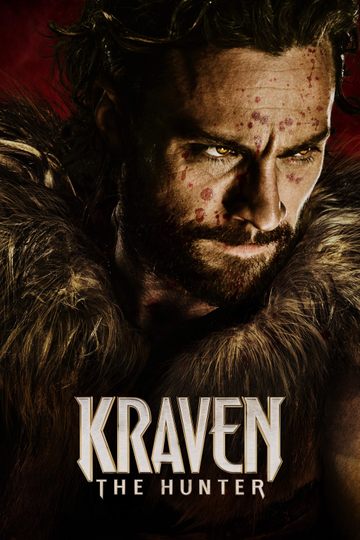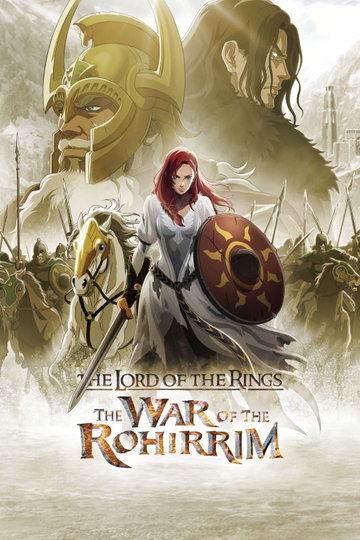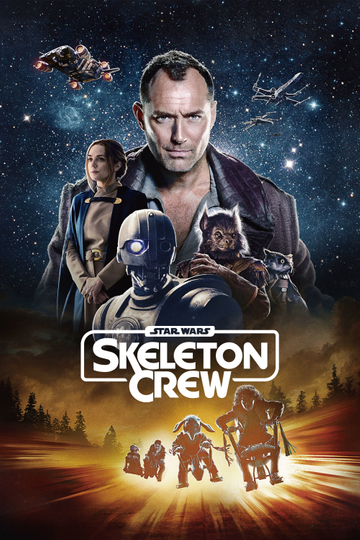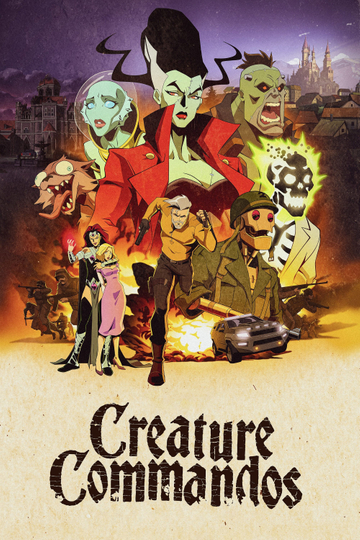Top Rated Movies From American Directors
The U.S. has produced some ridiculously talented movie directors, filmmakers with a legacy of repeatedly creating profound emotional experiences for audiences. But every one of these cinematic titans has a single movie that established that claim to fame -- the one that proved they could grip audiences with their visual storytelling. Here are six classics that represent the best of the best in American movies.
'Do The Right Thing' (1989)
In 1986, Spike Lee achieved mainstream success with "She's Gotta Have It," a movie that established the writer-director as an artist who could challenge social norms while telling a compelling story. Three years later, he followed it up with "Do The Right Thing," a movie that depicted a day in the life of residents of a Brooklyn neighborhood -- and reflected racial tensions with brave realism. The cinematography and use of music showcase impressive film-making, but it's the movie's ongoing social relevance that makes "Do The Right Thing" one of Lee's best.
'The Godfather' (1972)
While it's easy to describe "The Godfather" as one of the best mafia movies of all time, the film's strength lies as much in its character dynamics as it does in its depiction of organized crime. The three threads of the movie -- the relationships between the three Corleone brothers, the crime family's rise to power, and Michael Corleone's (Al Pacino) complicated love story -- are woven together beautifully, and showcase director Francis Ford Coppola's abilities as a storyteller and visual artist. "The Godfather" has been imitated repeatedly, but the original will always remain a classic.
'Star Wars, Episode IV: A New Hope' (1977)
The first act in George Lucas's space opera, "Star Wars, Episode IV: A New Hope" (or as it was known back then, "Star Wars"), introduced characters and story lines that would quickly become integral parts of modern culture. By now, much of the adoration heaped on the movie is largely influenced by nostalgia, but beneath all the hype is a genuinely good movie -- Luke Skywalker's (Mark Hamill) journey to become a Jedi is both the quintessential origin story and a heart-racing adventure for all ages.
'Iron Man' (2008)
It's hard to imagine a time when comic-book blockbusters didn't dominate movie theaters. But back in 2008, the term "Marvel Cinematic Universe" was just a glimmer in the eye of a few nerdy filmmakers -- including director Jon Favreau. In a gamble to fight off impending financial ruin, Marvel invested in making the now-legendary movie "Iron Man." The stakes were high. Prior to release, Marvel had agreed to give up the movie rights to every character they hadn't already sold (that's right, every last Avenger) if the movie wasn't a success. Lucky for Marvel, "Iron Man" blew audiences away with its take on Tony Stark (Robert Downey Jr.) and his super-suit, and the movie's mix of intrigue, action, and humor set the tone for the billion-dollar franchise -- proving the risk was well worth it.
'The Royal Tenenbaums' (2001)
Wes Anderson's "The Royal Tenenbaums" defined what's come to be known as the hipster aesthetic -- the seminal movie is slightly intellectual, meticulously put together, and highly stylized with offbeat colors, fonts, and fashions. Packed to the gills with an all-star cast (including Ben Stiller, Luke Wilson, Owen Wilson, Gene Hackman, Bill Murray, Anjelica Huston, Danny Glover, and Alec Baldwin), "The Royal Tenenbaums" uses what would become an eventual trope for the director -- deadpan, nearly emotionless acting -- and creates character growth from it. The result is as heartwarming as it is stylish. As the members of the Tenenbaum family learn to support each other as people instead of commodities, the audience gets more and more invested in each of them.
'Citizen Kane' (1941)
It's hard to talk about great American movies without discussing "Citizen Kane." Considered by many to be the greatest movie of all time, "Citizen Kane" is from director Orson Welles, and depicts the life of fictional publishing magnate Charles Foster Kane. "Citizen Kane" established film-making and storytelling techniques that are now considered standards -- the story told through flashbacks, the deliberately slow pacing of its protagonist's life story -- so much so, that it's easy to forget that they originated with Welles. More than that, however, the story of "Citizen Kane" is the story of the American dream, and the movie works as a monument to an ideal as much as it does a classic tale of a man's tragic life.
Sources


